In May 2025, a record-breaking 500K-plus students took the AP United States History (APUSH) Exam - 16 of my students among them. Last week, I got to grade the test! In what follows I’ll lay out what the experience was like.
Background on the APUSH Exam
College Board’s Advanced Placement (AP) program is fairly ubiquitous and most have some exposure to it even if they haven’t taken one of the courses themselves. Students take a rigorous year-long course that culminates in a comprehensive exam, scored on a scale of 1-5. A score of 3, 4, or 5 is considered “passing” the exam, and may earn the student college credit (though many institutions will only accept a 4 or 5 for complete course replacement credit).
The APUSH exam consists of the following format:
55 Stimulus (primary or secondary source-based) Multiple-Choice Questions (MCQs)
3 Short-Answer Questions (SAQs). One responding to “dueling historians,” one responding to a primary source, and one where students need to pull the knowledge straight from their heads without a stimulus or source.
1 Document-Based Question (DBQ), in which students must effectively use 7 primary-source documents to defend a thesis in response to a prompt.
1 Long-Essay Question (LEQ), in which students choose one of three prompts to answer with historical evidence that they choose themselves (without any provided sources).
The MCQs aren’t released publicly, but College Board releases the Free-Response Questions 48 hours after the test concludes. You can find them here, if you’re curious.
The big thing for 2025 is that it was the first year that the test was 100% digital. In the past, students have completed the entire thing in booklets that are mailed to schools and returned to CB to be graded, but last year news broke that a number of exams were leaked, in their entirety and with an answer key, just hours before the administration of the test. Though CB estimates that only a few hundred students saw each one, it prompted them to bump up the timeline of digitizing the whole thing.
In a forum this week, the AP US History Director, John Rosinbum, said that CB is pretty certain that no exams were leaked ahead of time. So that’s good. Another upside is that AP Readers don’t need to decipher chicken scratch in order to grade the exams.
Grading the Sausage
The point of all this is that there is a lot of tests to be graded. Like, a LOT. Though the MCQs are all graded electronically, the 2.5 Million free-response answers must be graded by hand, by individuals who have deep content knowledge of the subject. That’s me!
Each year, the College Board employs somewhere in the neighborhood of 1,500 APUSH teachers, US History professors, and grad students to fly down to a central location to spend a week grading the written portion of the exam. Each subject exam’s graders (what CB calls “readers”) meet in one of two cities across the country. For the past few years, APUSH has met in Kansas City, MO.

This year was my first year attending the AP Reading, what is colloquially known as one’s “Acorn Year” (after the College Board’s logo that is conspicuously placed on your name tag your first year).

The experience? Somewhere between a trade conference, high school party, company retreat, and 19th century factory labor.
Here’s how it works:
College Board receives applications for the June reading sometime the previous fall. In order to apply, you must either teach the class in a high school or have deep content knowledge associated with a PhD in the subject or similar credentials.
Some people grade from their homes, but the majority gather in a central location to complete the grading in-person. College Board covers the cost of round-trip flights and double-occupancy hotel rooms for nine nights, along with most meals.
The actual grading of the tests occurs at tables of ~10 people, led by a Table Leader. Readers are assigned one of the Free-Response Questions, which they grade for most of the week.1 Usually there are a few tables per question, which is led by a question leader, who reports to an exam leader, who reports to the Chief Reader, who is assisted by Assistant Chief Readers. It’s like the military, but not as cool.
The pay is $30/hour, for a total of ~$1680 for the whole week.2 You grade 7 days in a row, from 8:00am to 5:00pm, including two fifteen-minute breaks and a 1hr unpaid lunch.
What it’s Actually Like
I’m not pretending to be a seasoned veteran of the AP Reading. Those people exist: I met a number of people who have been coming annually since 2004 or before. This was my first time, and before attending I genuinely had no idea what to expect. Below, I’ll try to run though what the actual experience is like in as much detail as I can, because my personality likes to know as much as possible ahead of time.
Sunday Night
All ~1,500 readers come into town on Sunday night. Flights are purchased through a third party platform, where you also indicate a roommate preference (if you have one), and receive all the final information about a week beforehand. Once you arrive at the airport, there are well-labeled signs to direct you past the baggage claims to waiting coach busses, which take the readers to the hotels to check in.
Because there are so many, the readers are spread across four hotels: The Westin, the Sheraton, the Marriott, and the Loews. The same coach busses that ran us to and from the airport also run shuttle service between the hotels and the convention center, in the mornings (6:00am-8:00am) and in the evenings (5:00pm-11:00pm).
Once at the hotel, I checked in, got my room keys, dumped my stuff in my room, and hopped on the shuttle to the convention center to check in and eat dinner, where I sat with a few strangers asking myself why I decided to come do this thing in another city for a whole week where I don’t know a soul. Then, back to the hotel and to bed!
Monday-Sunday
Each day is pretty much the same, and goes like this:
6:30am-8:00am
A hot, buffet-style breakfast is available in the Grand Ballroom at the entrance of the convention center. It’s a cavernous room that is the first indication of how massive of an operation the AP Reading is. There are 10-15 double-sided buffet lines to accommodate the numbers at mealtimes, meaning you get your food pretty quickly. After eating, it’s time to head upstairs to the main convention hall floor, where the actual reading takes place.
The hall is organized by subject, with each subject having 4-5 curtained-off spaces, containing about 20 tables of 11 readers and their corresponding leadership staff.
8:00am - 10:00am
This is the first leg of the actual reading. On Monday morning, Day 1, most of the morning is spent getting trained on the question you will be grading. After logging into the laptops (that are chained to the tables), this training consists of about an hour worth of videos explaining the process, followed by circling up in-person with your table leader and question leader to discuss the exam question at hand, go over the scoring guide, and consider possible responses that would or would not earn the point for each part of the question. This is lengthy - I graded the SAQ, which has three parts, and we needed to spend time going over each possible aspect of what we might encounter when grading student responses.
After going over the scoring guide, we return to the computers to complete the training sets. All of the grading is completed in a software package called “Online Network for Evaluation (ONE),” by a company called the Educational Testing Service (ETS). Lots of acronyms.
The training sets consist of real student responses that the leadership has already graded, for readers to see examples of what to look for and receive feedback. Once completed, each reader “calibrates” against samples to ensure they are grading accurately, then are sent off to the races to begin scoring student responses. My first assigned question had relatively few responses - “only” about 19,000.

10:00-10:15am
At this point, we take our first break of the day. We all push our screechy metal chairs back against the concrete floor, step outside the curtained areas, and head en-masse down the escalators to a lobby area where several tables are set up with snacks. Impressively, each of the 14 snack breaks throughout the week had different snacks, ranging from beef jerky to animal crackers to bananas to trail mix to pastries to candy to pretzels to little bags of carrots with hummus. Also downstairs are a few coolers filled to bursting with Sprite, Coke, Diet Coke, and two flavors of Waterloo sparking water (the blackberry lemonade flavor was the best).
This break goes by pretty quickly - some people socialize, some call home, and there is a small “computer lab” set up for those who don’t want to pay the convention center’s $80 per-device-per-day WiFi fee. Which I think is everyone.
10:15-11:45am
This next bit is the shortest push of the day, and goes by fairly quickly. Once grading is underway, the table leader and question leader verify the accuracy of our work as readers in two ways:
Back-reading: The table leader selects a few responses to occasionally double-check for accuracy. If adjustments are needed, they send them back to you with feedback to be re-graded.
Validity Checks: In the days before the reading begins, table leaders and question leaders read and grade a few hundred student responses that are then interspersed in my queue to verify the validity of my scoring. As a reader I have no idea which responses are brand new and which ones are a test to check the validity of my grading.
It’s a human process and inherently open to some subjectivity, but I was impressed by this process. It pretty quickly sharpens your eye to how each response should be graded, and most people ant my table ended up grading about 1-1.5 responses a minute for the SAQ once they’re locked in.
11:45 - 12:45pm - LUNCH!
Lunch is welcome once it comes. Mealtimes were interesting for me. Since I didn’t know a soul walking into the experience, I had to flex some social muscles that I hadn’t used in a while. In a way it felt like the first day of high school in a new lunch period. Where should I sit? Who will I talk to? Am I intruding? At least, those were some of the thoughts going through my head.
I discovered quickly that the best way to do it is to simply walk up to a random table, ask “mind if I join?” And try to strike up a conversation. My first couple of times doing this felt a little awkward, but after the first two days I began to recognize some folks and enjoy mealtimes a bit more.
The time schedule is pretty rigid - work starts up again at 12:45pm, sharp. In this sense it feels a bit like a 19th century factory: the bell rings, you work. The bell rings, you stop work. Rinse, repeat.
12:45 - 3:00pm
The first afternoon shift is where I felt most focused and productive. I tended to hit my highest numbers of responses graded during this time (PR: 200) and had a lot of fun with the people I graded with. The veterans will tell you that the quality of your table is a massive part of what makes the experience of grading AP tests good or bad. If you have people at your table who are annoyingly chatty, cranky, slow, or otherwise unpleasant to work with, it can make for a long week. But if you have a table of readers who are friendly, willing to answer questions, and has a good sense of humor, it will be a fantastic experience.
I was lucky enough to have the latter. Each of the readers at my table (3 of them named Scott and two named Michael, meaning that 50% of the table was either named Scott or Michael) was an experienced APUSH teacher and reader who love their students, love US history, and were down to make the best of the experience.
This made for a great week on my end. They were super helpful (‘hey, can you take a look at this and tell me if you think I’m being too harsh/generous?’), but we also laughed a lot. The higher-ups tell you at the beginning of the reading to avoid poking fun at student responses, but sharing examples of student writing with your neighbor is 100% part of the experience. When you spend this much time with people, you also get to know them fairly well and develop inside jokes that make the experience better.
There was also a lot of US history nerding-out happening. Impromptu discussions of the Ostend Manifesto, semi-heated debates about whether the Compromise of 1877 was actually the end of Reconstruction or merely a reflection of other dynamics that resulted in Reconstruction’s end, disputing the validity of C-Span’s 2021 Presidential Historians Survey rankings, etc. It was awesome.
3:00-3:15pm
Afternoon break! Time for more sparking water and making progress towards the day’s 100 push-up goal with a few table-mates.
3:15-5:00pm
The afternoon grind. Enough said.
5:00-10:00pm
The second the clock strikes 5:00, I was ready to be done. I fluctuated between grading 311-564 responses a day, and so by the end of it I was pretty wiped. Dinner was served in the same spot as breakfast and lunch, and probably about 60% elected to stay for dinner each night while 40% either chose to go out for dinner or come back later after going for a jog, etc.
The evenings usually had an optional activity. Here are a few:
Free entry to the National WWI Museum and Memorial, across the street from the Westin. This was super cool and well-done.
College Board Forum: opportunity to hear from some College Board and AP higher-ups about the future of the course, as well as an open-mic Q&A session (which was not as spicy as I have heard it’s been some years).
Professional Learning Night: presentations from expert teachers on strategies they use in their classroom, usually with free materials. I got some great stuff on doing historical role-plays in the classroom.
Trivia Night: A well-lubricated and BYOB self-run trivia night in the hotel ballroom that was explicitly not organized by the College Board. Lol.
Reception for New Readers: a really nice reception (with free drinks!) for first-year readers, with a chance to meet reading leadership and get to know some new folks.
Dining Night out: College Board reimbursed up to $30 of expenses for a night out - me and some guys from my table went and tried Char Bar BBQ. The burnt ends were *chef’s kiss.*
Some people chose to get real social in the evenings and take advantage of the ample selection of local bars and restaurants, while others retreated to their room for some much-needed alone time. Most nights, I attended the optional event then went on a run or laid by the pool and read my book. And that was great! I felt a bit like a fish out of water the first few days, but as the week went on, I met more people who I enjoyed spending time with, and ended up really enjoying the dine-out nights with these new friends.
All in all, it was a great experience. I’ll close with a few take-aways and things I’ll do differently next year.
What I’ll do differently:
Bring a laptop stand. My neck got pretty tired craning down to look at the laptop screen all day.
Request a friend as a roommate. I had no issues with my roommate this year - there’s just something about sharing a room with someone you know vs. a stranger that is much more restful.
Bring more exercise clothes. I found that I NEEDED to jog almost each night to blow off steam. Clothes got stinky.
Bring more pants. The weather was warm, but the convention center temp was kept at what felt like about 55 degrees.
Takeaways:
As much as the College Board can be a convenient scapegoat and low-hanging villain for teachers, there’s a lot of intentionality behind their products and there was real hospitality shown to us readers. Not a perfect organization, but I appreciated these things.
The people are the best reason to go. I met some fantastic US History teachers that have already been emailing me materials to answer questions I had, and I’m glad I put myself out there at mealtimes to get to know new people.
Kids are kids, and a lot of their writing sucks. This is both encouraging and discouraging. Discouraging because I read a lot of poor responses, but encouraging because it put my own students and experiences in context.
I’m done with reading SAQ responses for the year, but can’t wait to go back next June. An all-around worthwhile experience
I mostly wrote all this out for my own processing, but if it’s any help to those of you who teach AP courses, I’m glad! I waffled for a while before deciding to go this year, and am 100% glad I made the decision.
It’s not uncommon to finish your assigned question early in the week and move to another one, especially if you are grading a question with a low number of responses (all-in all). By the end of the week I has graded three different SAQ questions. This was really nice and broke up the monotony.
If you drive, they reimburse gas up to $450 and pay for hotel parking during the week. You also get a $50 meal reimbursement for both travel days.



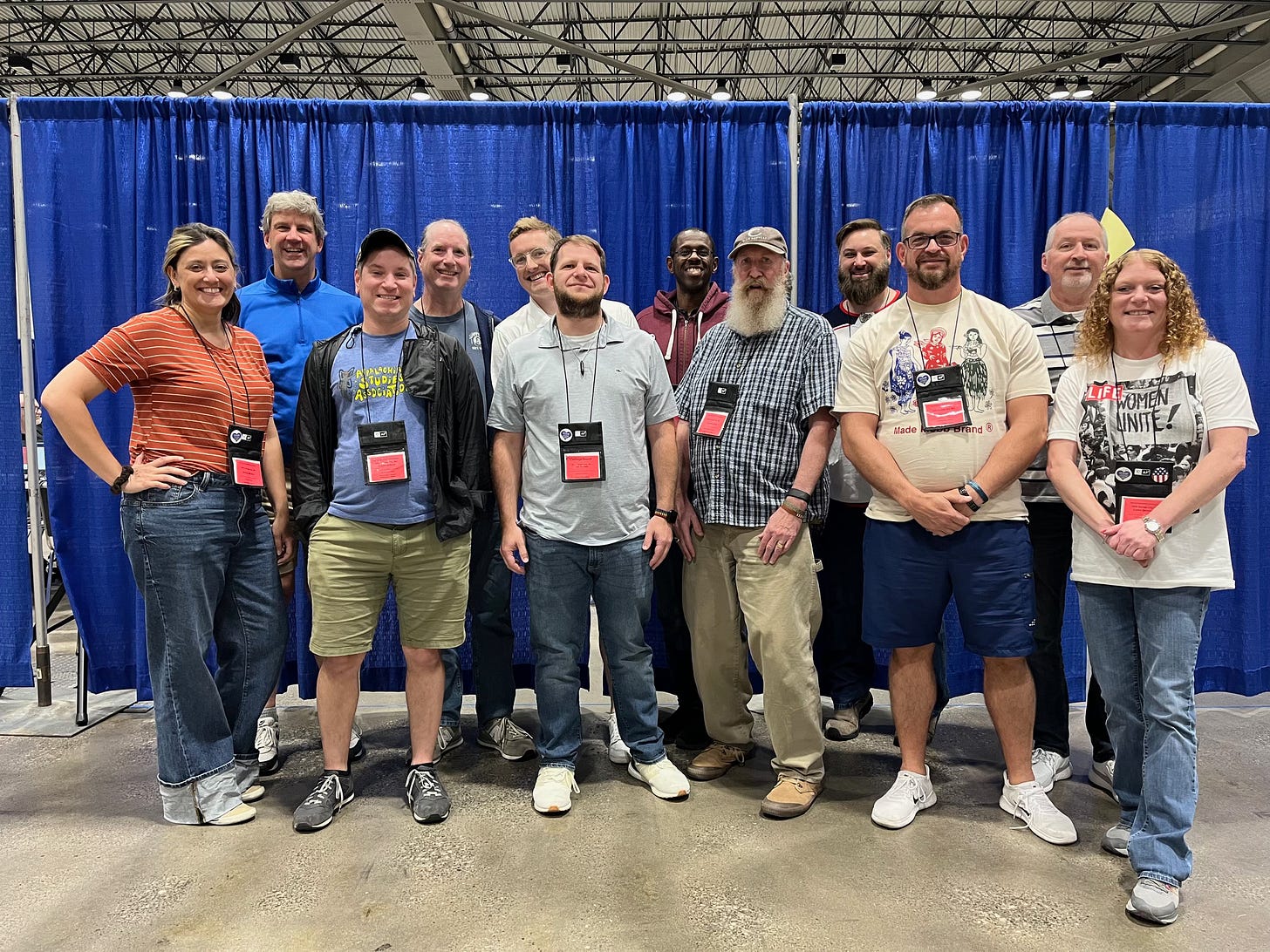
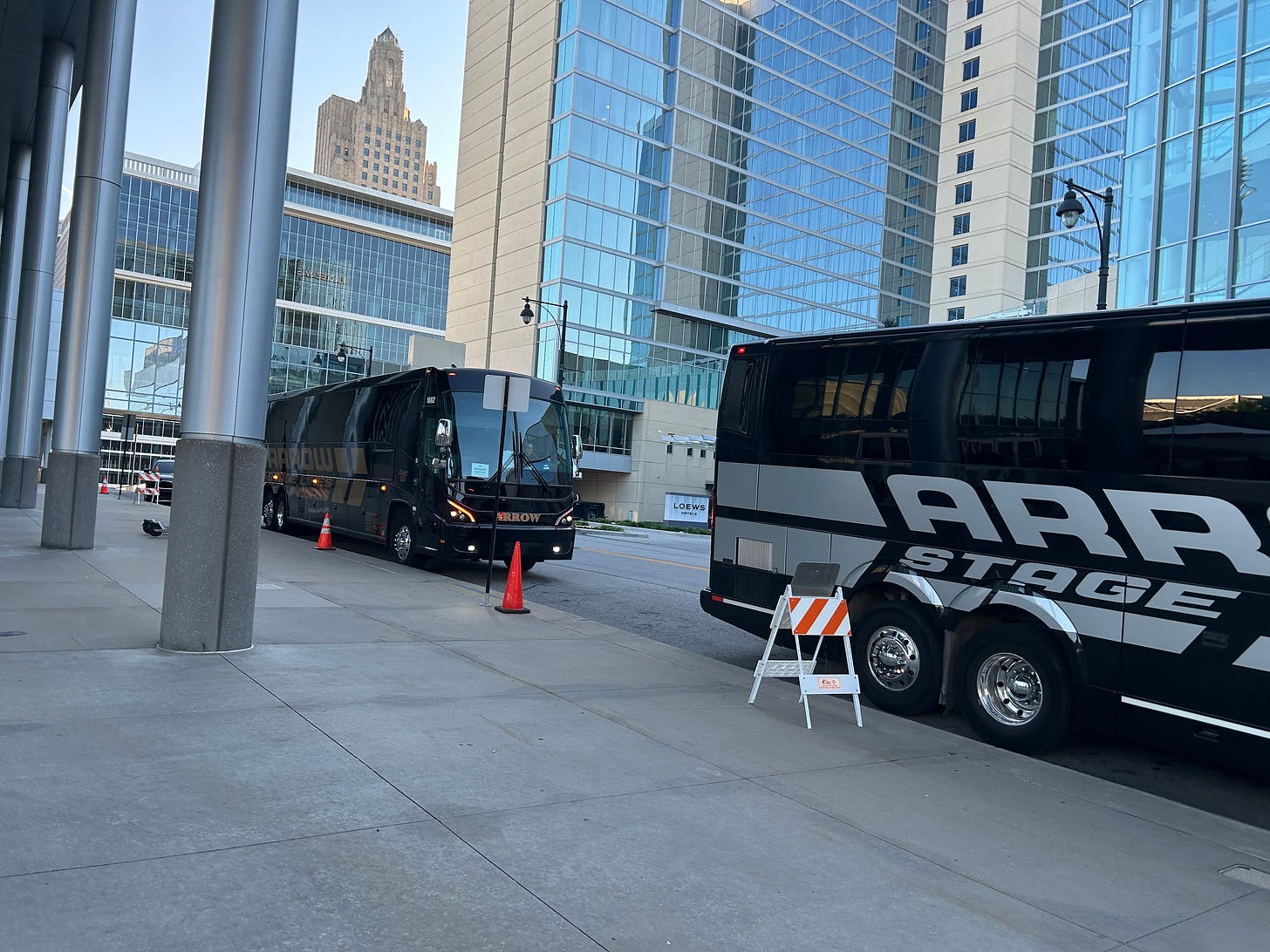
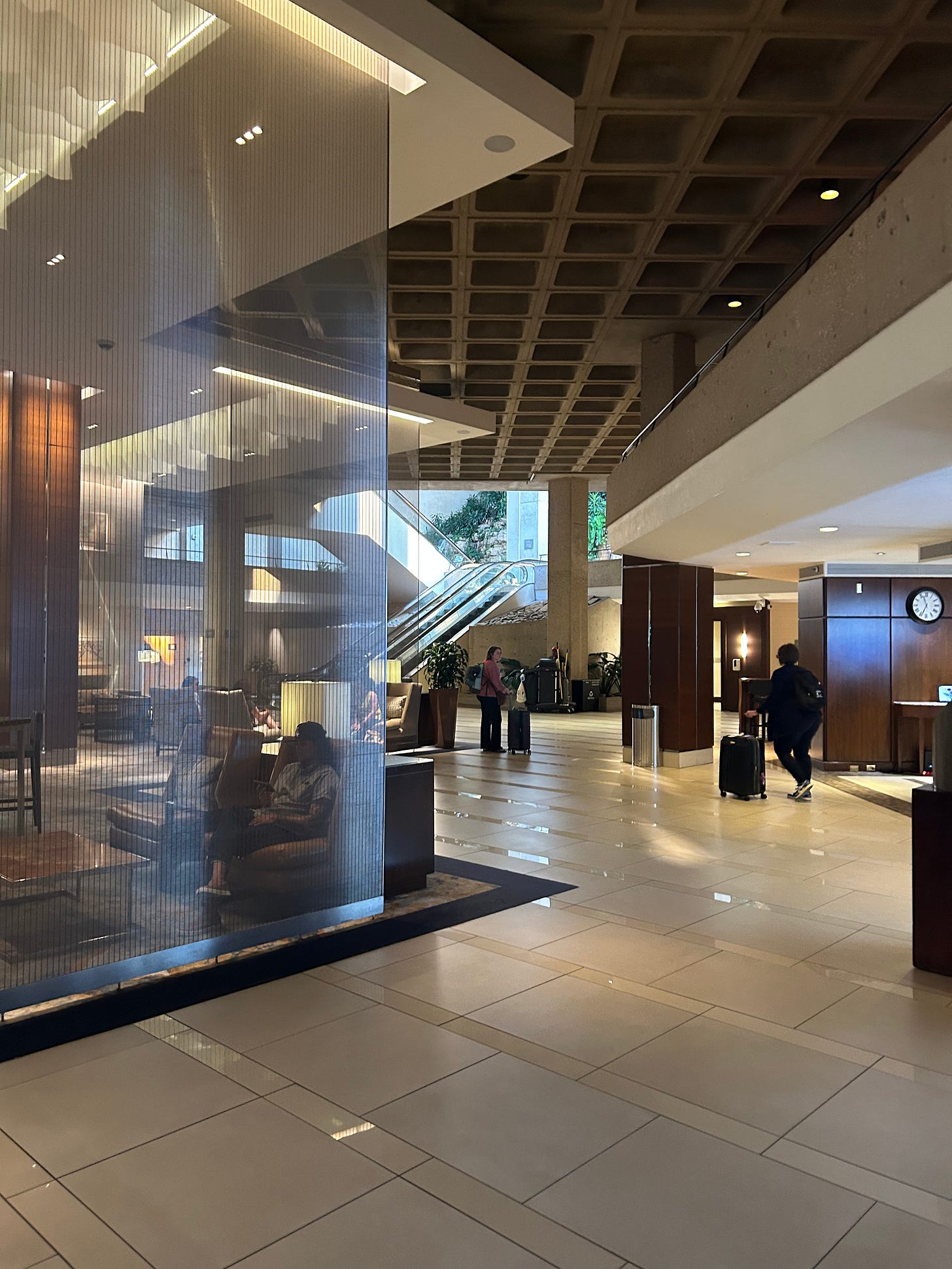

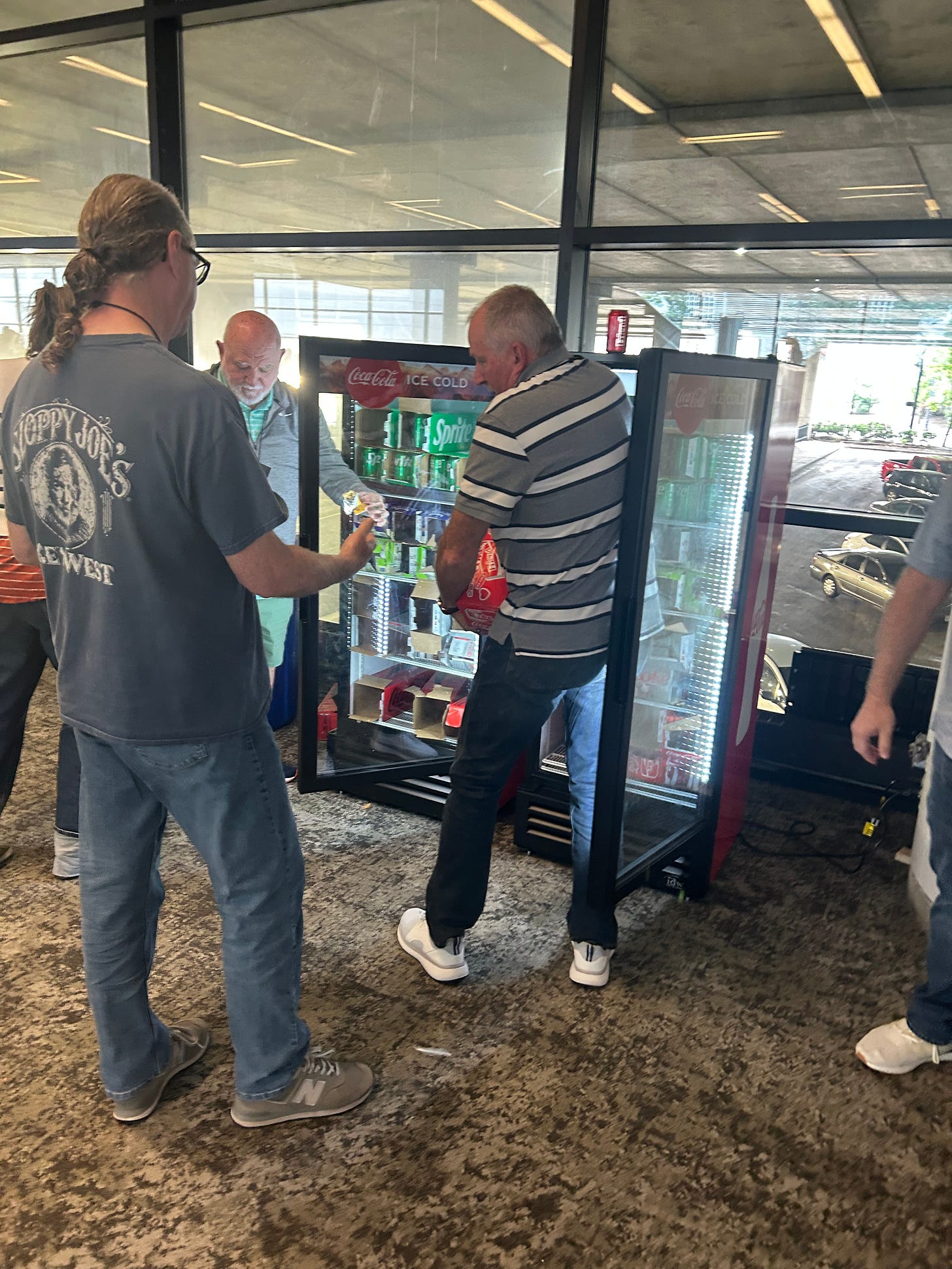



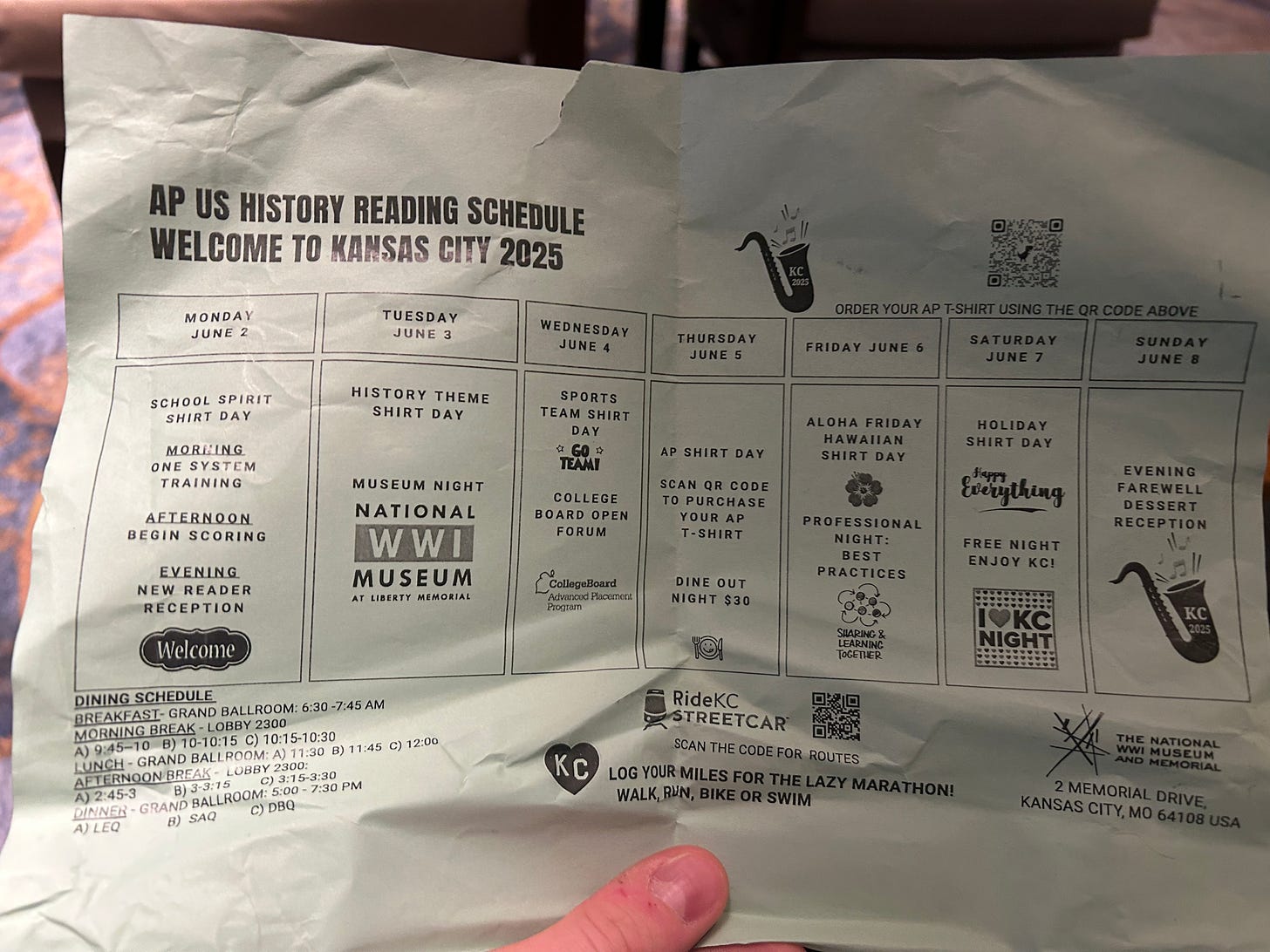


Honestly, made we wish I was a teacher. Or that there was some kind of similar event for my profession.